Frequently Asked Questions
What is a foil embossed logo?
A distinctive design technique called foil embossed logo entails the application of a metallic foil onto a surface, followed by heat and pressure to produce an elevated, glossy, and attention-grabbing effect.
What is a foil stamp business card?
A foil stamp business card is a printed card that showcases a metallic or glossy design element, applied with heat and pressure to create a captivating and opulent look.
What is embossed gloss finish business card?
An embossed gloss finish business card is a distinctive type of business card that incorporates raised, glossy elements on its surface, resulting in a design that is both visually captivating and tactilely engaging.
What should not be laminated?
Laminating should be avoided for delicate or heat-sensitive materials like photographs, thermal paper, and specific types of artwork.
How rare are foil cards?
Foil cards are deemed uncommon because of the specialized printing technique employed and the enhanced worth they bestow upon collectible items.
Why are foil cards so expensive?
Foil cards come with a higher price tag as a result of the specialized printing technique, premium materials, and the unique value they add to collectible items.
How can you tell if a card is foil?
Foil cards are distinguishable by their glossy metallic look, achieved by applying a thin layer of foil onto the card's surface.
Are foil cards worth anything?
Foil cards possess considerable worth thanks to their distinctive visual allure and restricted availability, rendering them extremely coveted among collectors and enthusiasts.
What is the difference between foil stamped and embossed?
Foil stamping is the process of adding a metallic or colored foil onto a material's surface, while embossing involves creating a raised design by applying pressure from underneath.
How does foil stamping work?
Foil stamping is a printing method that employs heat and pressure to transfer metallic or pigmented foil onto a surface, resulting in a dazzling and attention-grabbing design.
What does foil stamping require?
Foil stamping utilizes heat, pressure, and metallic foil to produce distinctive and captivating designs on a range of materials.
What pens can write on laminate?
Gel pens that dry rapidly are the optimal choice for writing on laminate surfaces.
What is the difference between gloss and satin business cards?
Glossy business cards boast a lustrous, mirrored coating, while satin business cards offer a sleek, non-reflective texture.
Who does hot foil stamping work?
Hot foil stamping is a technique that utilizes heat and pressure to transfer a metallic or pigmented foil onto a surface, resulting in an eye-catching and long-lasting design.
What is the difference between hot stamp and foil stamp?
Hot stamping and foil stamping are two distinct techniques for applying metallic or colored foil onto a surface. However, hot stamping relies on the application of heat and pressure to transfer the foil, whereas foil stamping involves using a heated die to press the foil onto the desired surface.
What is the difference between laminated and non laminated business cards?
Laminated business cards possess an additional protective layer that amplifies their durability and imparts a glossy finish, distinguishing them from non-laminated counterparts.
What are the benefits of laminated cards?
Laminated cards provide an elevated level of durability, safeguarding against damage and showcasing a polished and professional look. This makes them the perfect choice for promotional materials that need to endure over time.
What does it mean to laminate a card?
Laminating a card entails the application of a safeguarding layer of plastic film to augment resilience and thwart harm.
Should business cards be laminated?
Laminating business cards offers the advantage of boosting their longevity, safeguarding them from damage, and imparting a sophisticated and refined appearance.
Should you laminate business cards?
Laminating business cards offers the advantage of boosting their longevity, safeguarding them from damage, and imparting a sophisticated and refined appearance.
What is the difference between matte and silk business cards?
Matte business cards possess a finish that is devoid of gloss, whereas silk business cards exhibit a sleek and subtly glossy aesthetic.
What is silk card?
Silk cardstock is a premium, sleek, and opulent type of card material that imparts a sense of sophistication to printed materials.
What is the difference between silk and glossy cards?
Silk cards boast a sleek, non-glossy texture, whereas glossy cards feature a lustrous, reflective sheen.
What is silk cardstock like?
Silk cardstock is a premium paper with a sleek texture that imparts a lavish and sophisticated feel to printed materials.
What does silk cardstock mean?
Silk cardstock is a premium paper known for its smooth texture and luxurious finish, often utilized for high-quality printing materials.
What is silk laminated business cards?
Silk laminated business cards possess a smooth and opulent texture, thanks to a delicate silk film coating applied on both sides, resulting in durable and top-notch quality cards.
What is the difference between silk and velvet lamination?
Silk lamination delivers a sleek and polished appearance, whereas velvet lamination provides a plush and opulent feel.
Is silk paper glossy or matte?
Silk paper possesses a distinctive, semi-glossy texture that lies in the middle ground between glossy and matte.
What finish is better for business cards?
The optimal choice of finish for business cards relies on the preferred aesthetic and functionality, offering a range of options like matte, gloss, satin, and spot UV.
What is the best finish for business cards?
The optimal choice for business card finishing is a blend of matte and spot UV coating, resulting in a polished and refined appearance that also boosts resilience.
What is the best lamination for business cards?
The optimal lamination option for business cards is a premium glossy finish that elevates the design and ensures long-lasting durability.
Which material is best for business cards?
The optimal choice for business cards is a premium, sturdy cardstock that boasts durability and exudes a polished, professional appearance.
What is the best paper for homemade business cards?
The optimal choice for crafting homemade business cards is a premium cardstock with a minimum weight of 300gsm, ensuring both resilience and an elegant appearance.
Do I want glossy or matte business cards?
The decision between glossy or matte business cards relies on the preferred aesthetic and the impact you aim to create on your intended audience.
How much do foil business cards cost?
The price range for foil business cards can differ based on factors like quantity, design intricacy, and extra finishes. However, on average, a standard order usually falls between $100 and $500.
What are the different types of lamination business cards?
The various options for lamination on business cards encompass gloss, matte, soft touch, and spot UV.
What are the different types of lamination on business card?
The various options for lamination on business cards encompass gloss, matte, soft touch, and spot UV.
Are thicker business cards worth it?
Thicker business cards have the power to leave a lasting impression, elevating the perception of quality and making them a worthwhile investment for businesses seeking to differentiate themselves.
What is velvet laminated business cards?
Velvet laminated business cards possess a premium, opulent feel with a velvety texture and an additional layer of lamination for enhanced durability and sophistication.
Will a QR code work through lamination?
Yes, a QR code remains scannable even when laminated, provided that the lamination is not excessively thick or reflective.
Are foil cards legal?
Yes, foil cards are permissible and extensively employed across diverse sectors due to their distinctive allure and augmented worth.
Can you write on glossy business cards?
Yes, glossy business cards possess the ability to be printed upon, resulting in a sophisticated and refined appearance.
Can Sharpie write on laminate?
Yes, the permanent ink formula of Sharpie markers enables them to write on laminate surfaces.
Is silk card glossy?
Yes, silk card possesses a sleek and partially glossy texture that imparts a hint of sophistication to printed materials.
Can you write on silk card?
Yes, silk card is an exclusive printing material that presents a lavish and sleek texture, rendering it a superb option for crafting top-notch visual materials.
Can you write on silk laminated business cards?
Yes, silk laminated business cards have gained significant popularity as an exquisite and long-lasting choice for crafting visually captivating promotional materials.
Can you write on silk laminated paper?
Yes, silk laminated paper offers a multitude of possibilities as a versatile and top-notch choice for crafting visually captivating printed materials.
Can you write on uncoated business cards?
Yes, uncoated business cards possess a porous surface that enables effortless pen or pencil markings, making them writable.
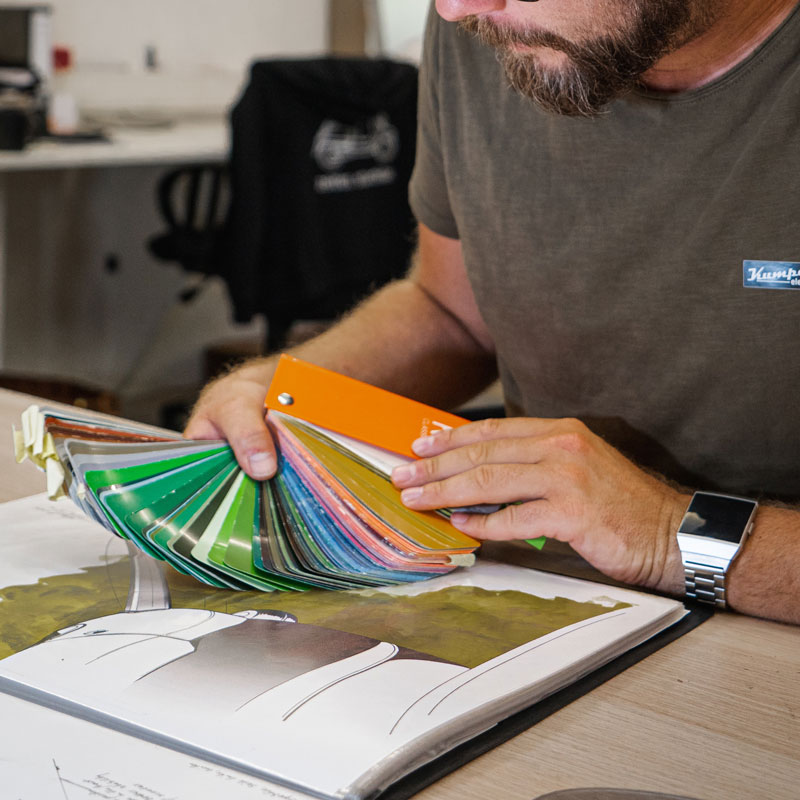
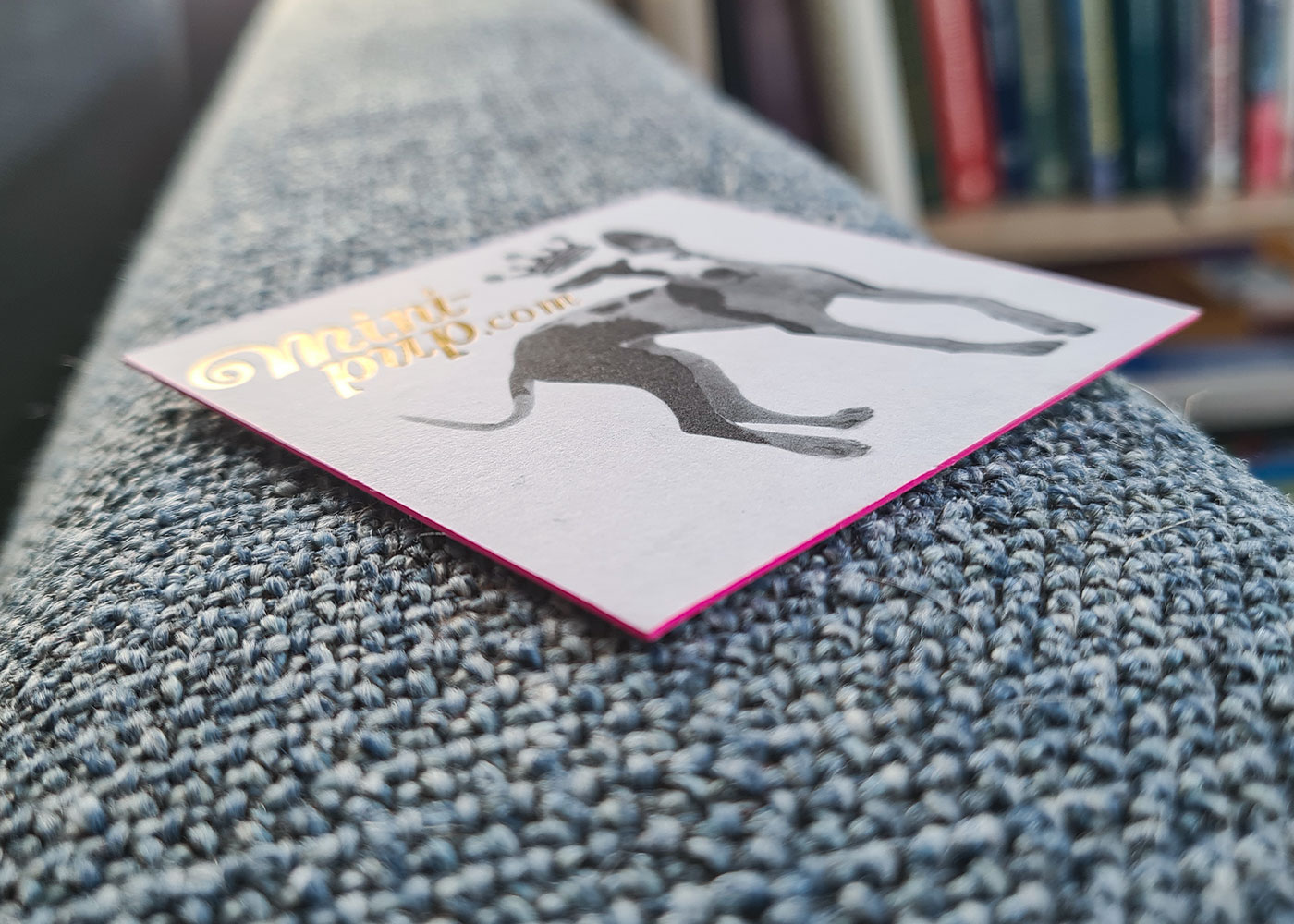
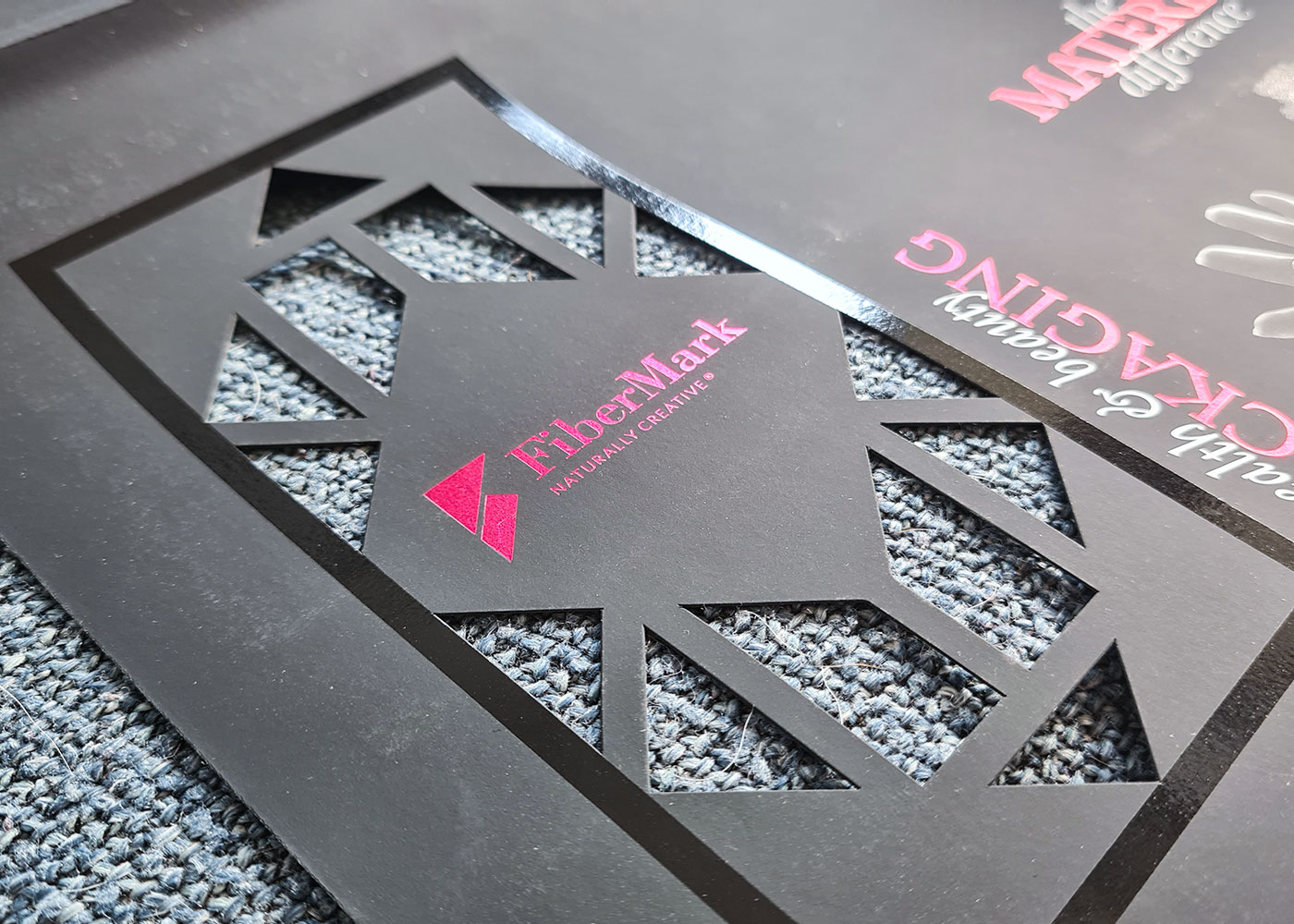
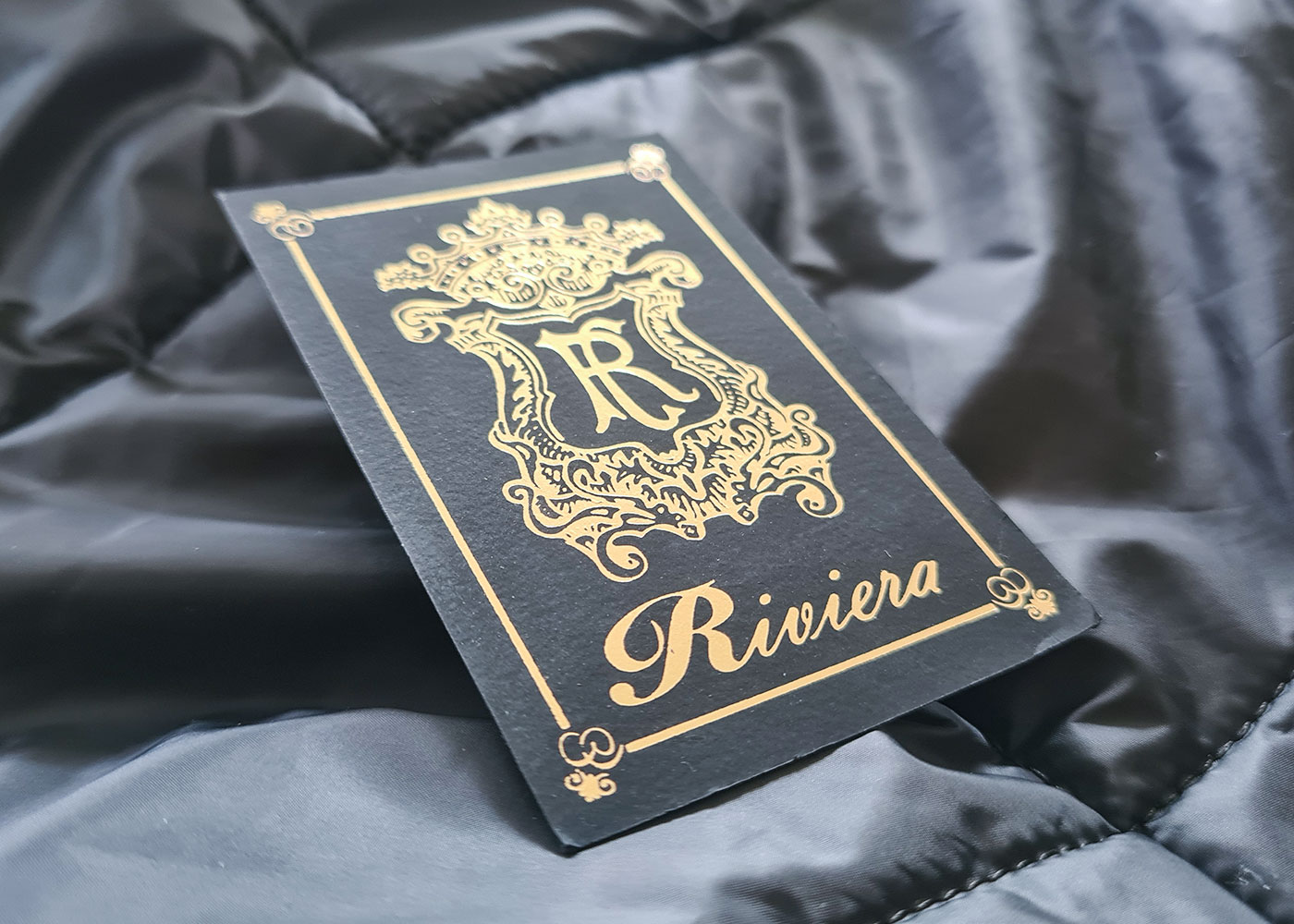
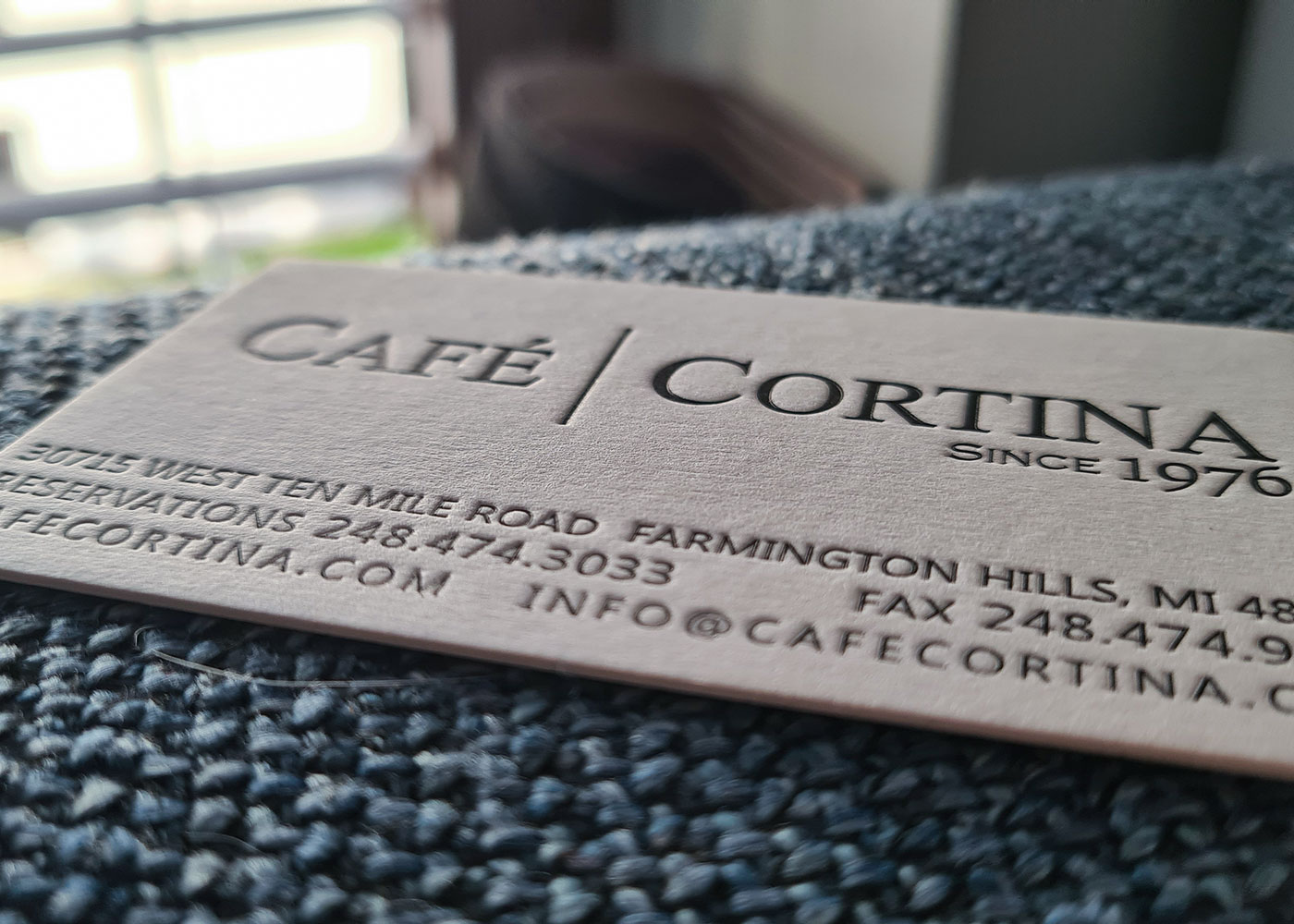
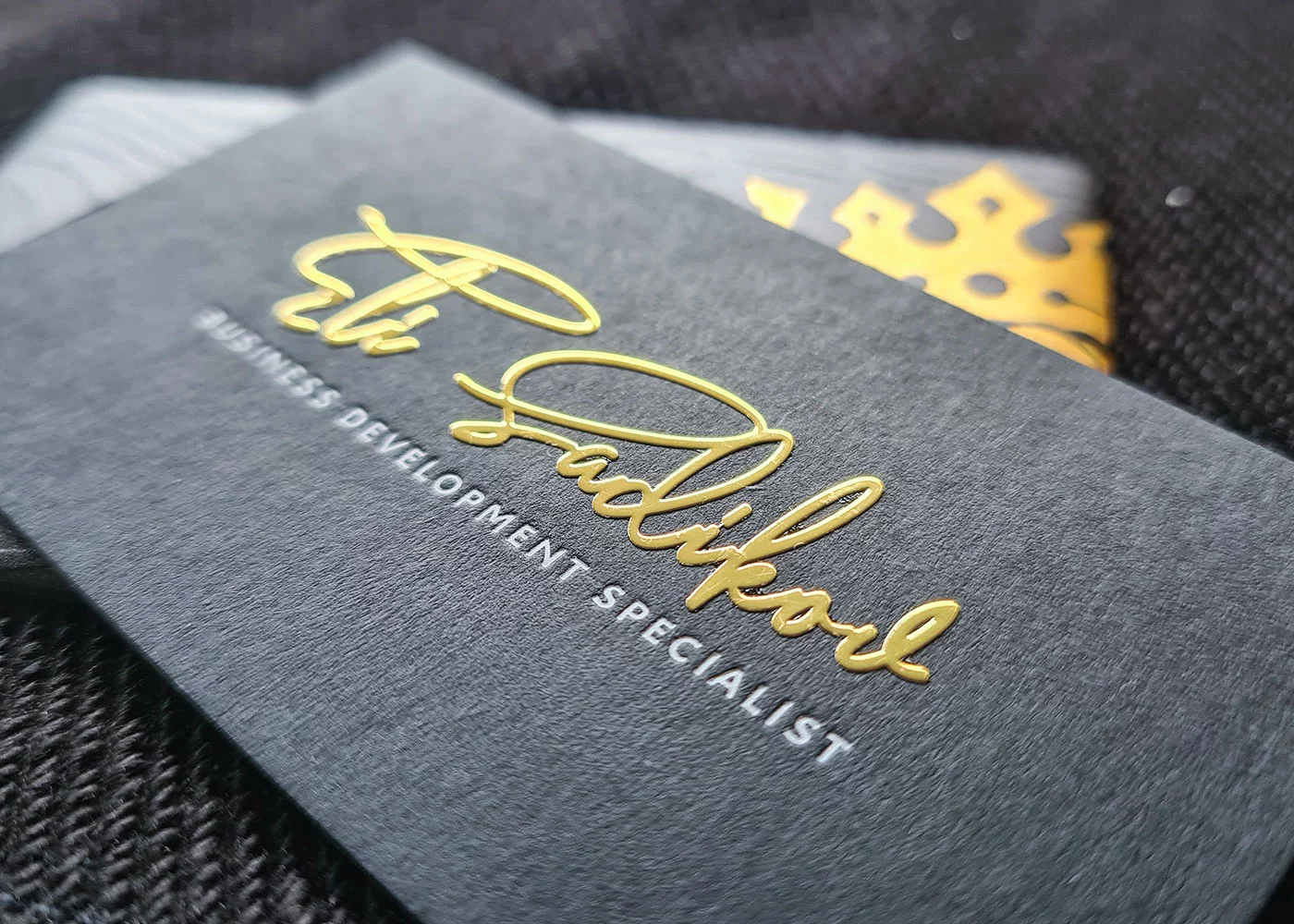
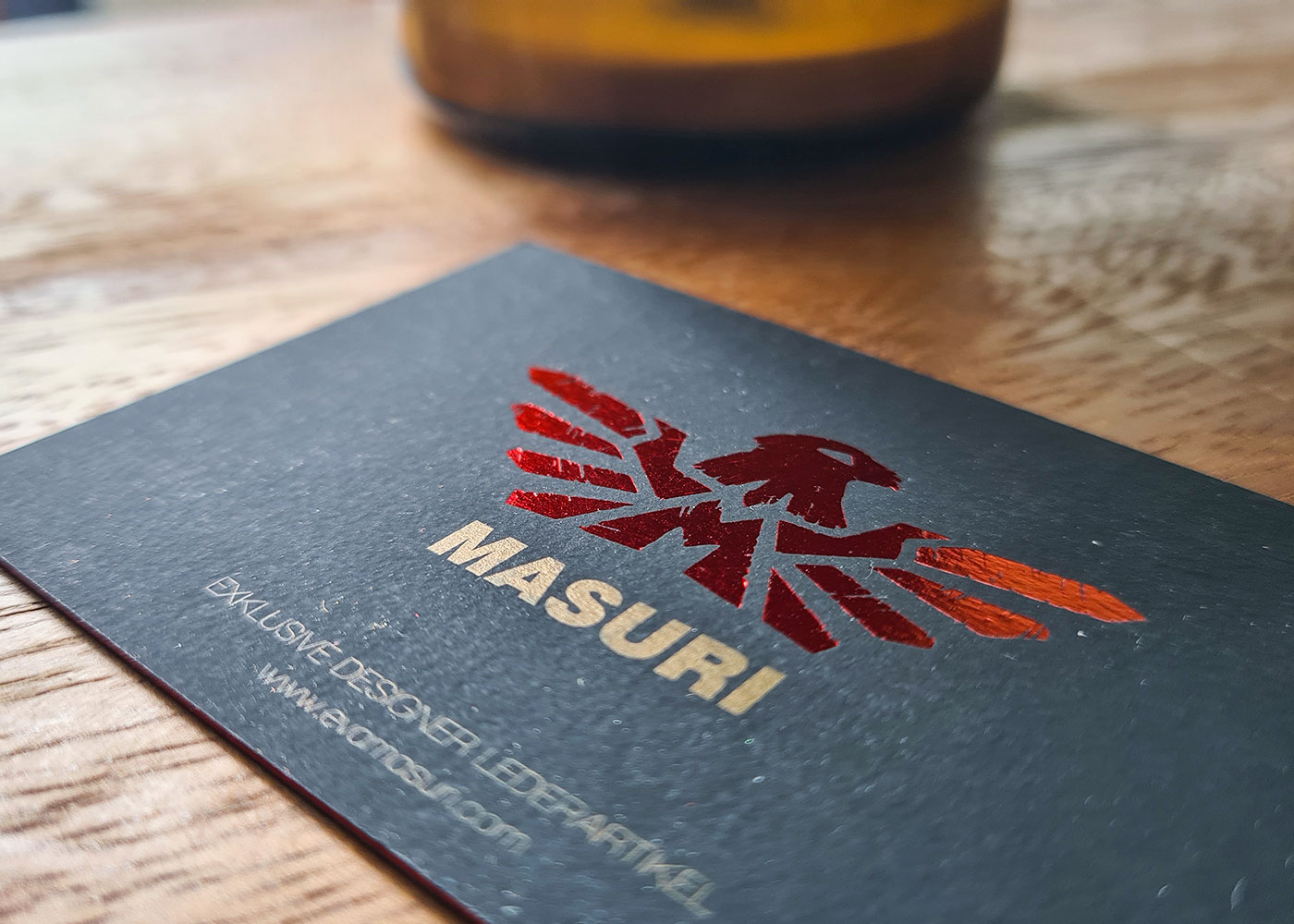

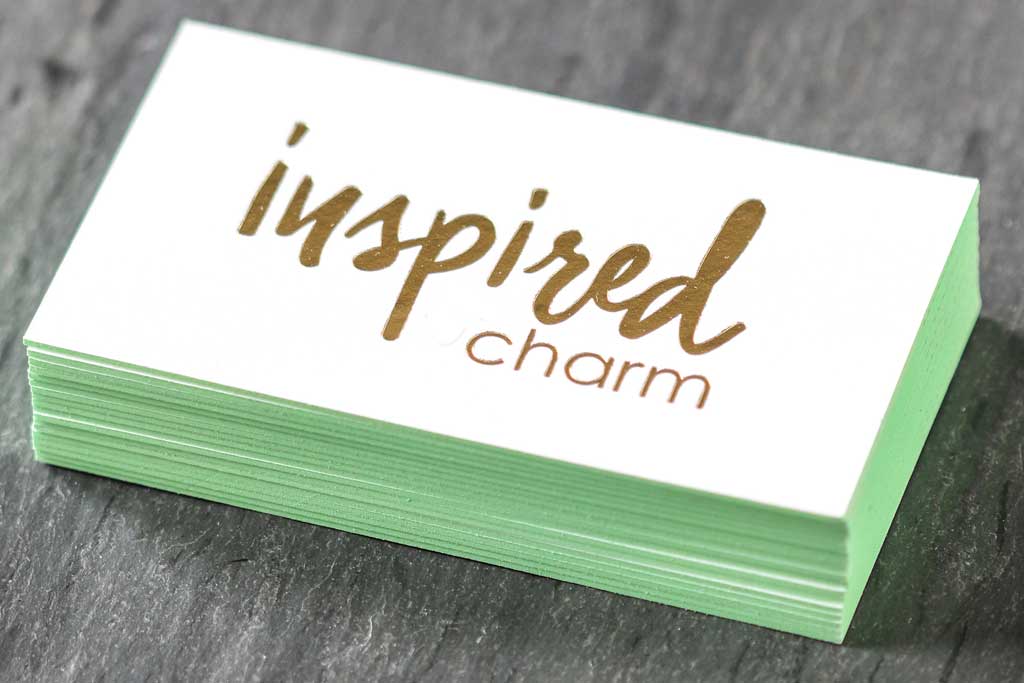
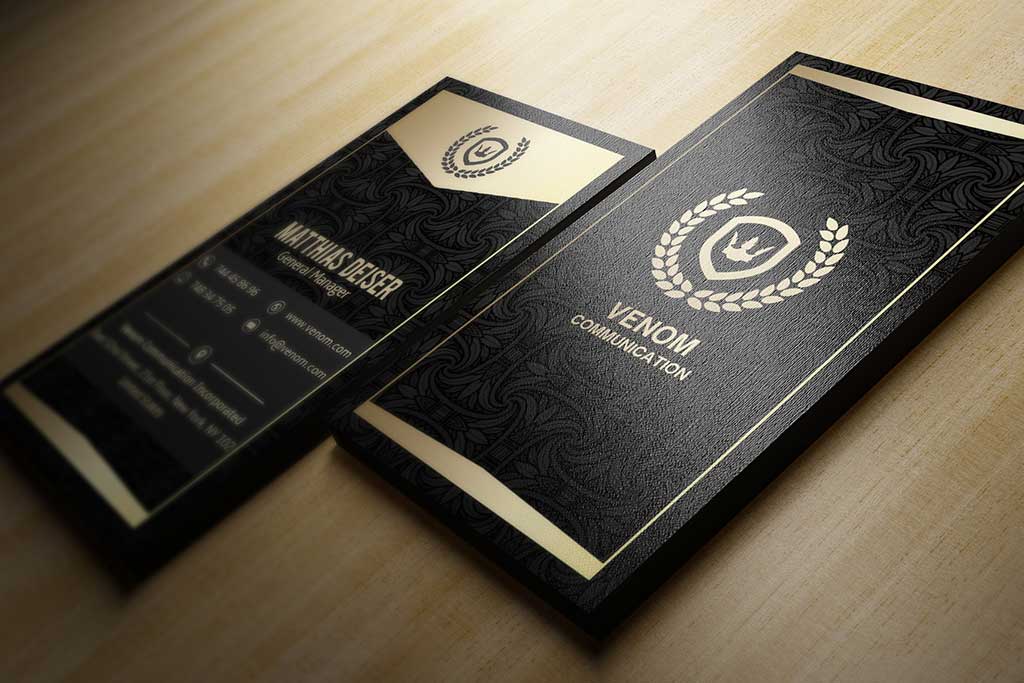
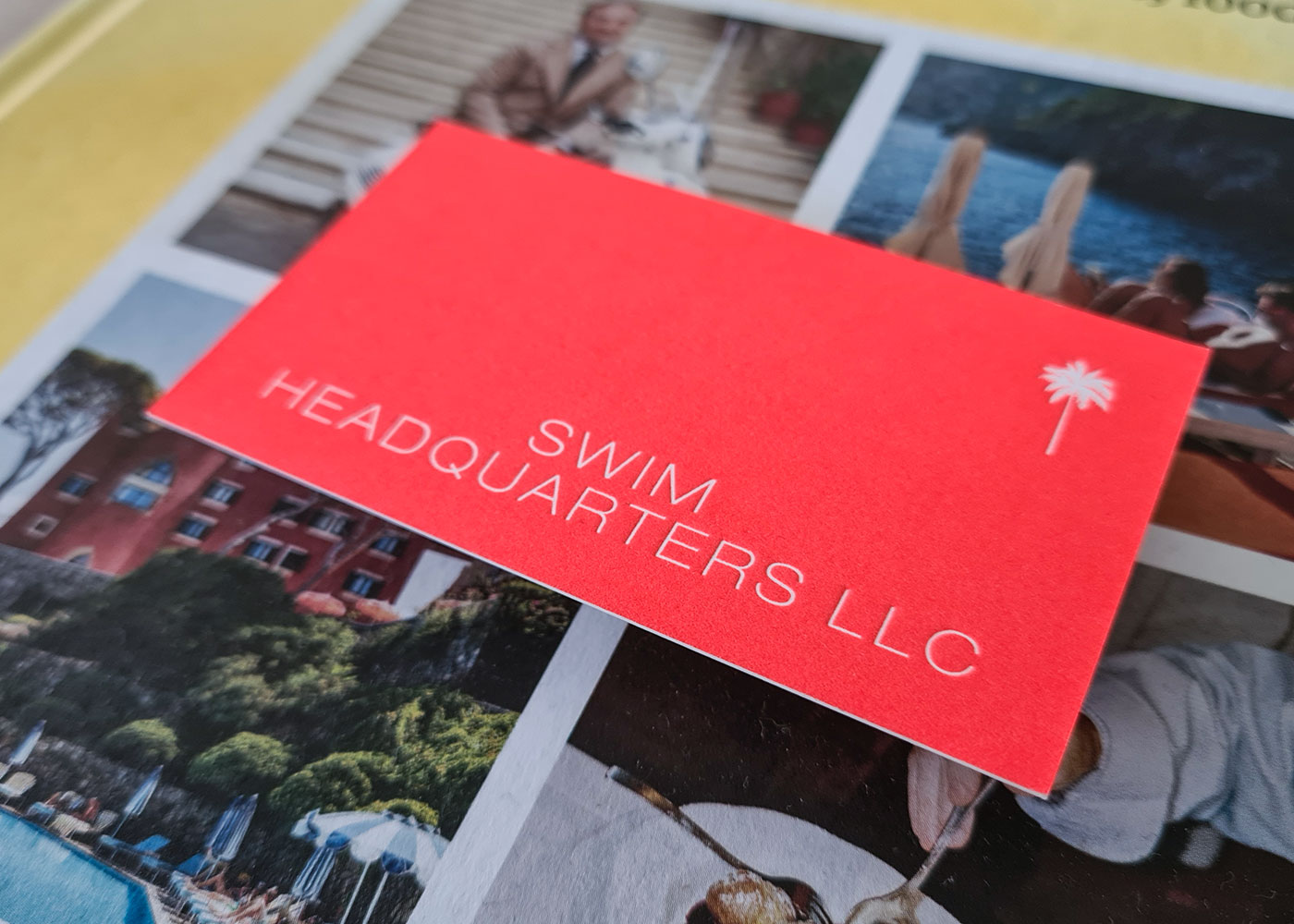
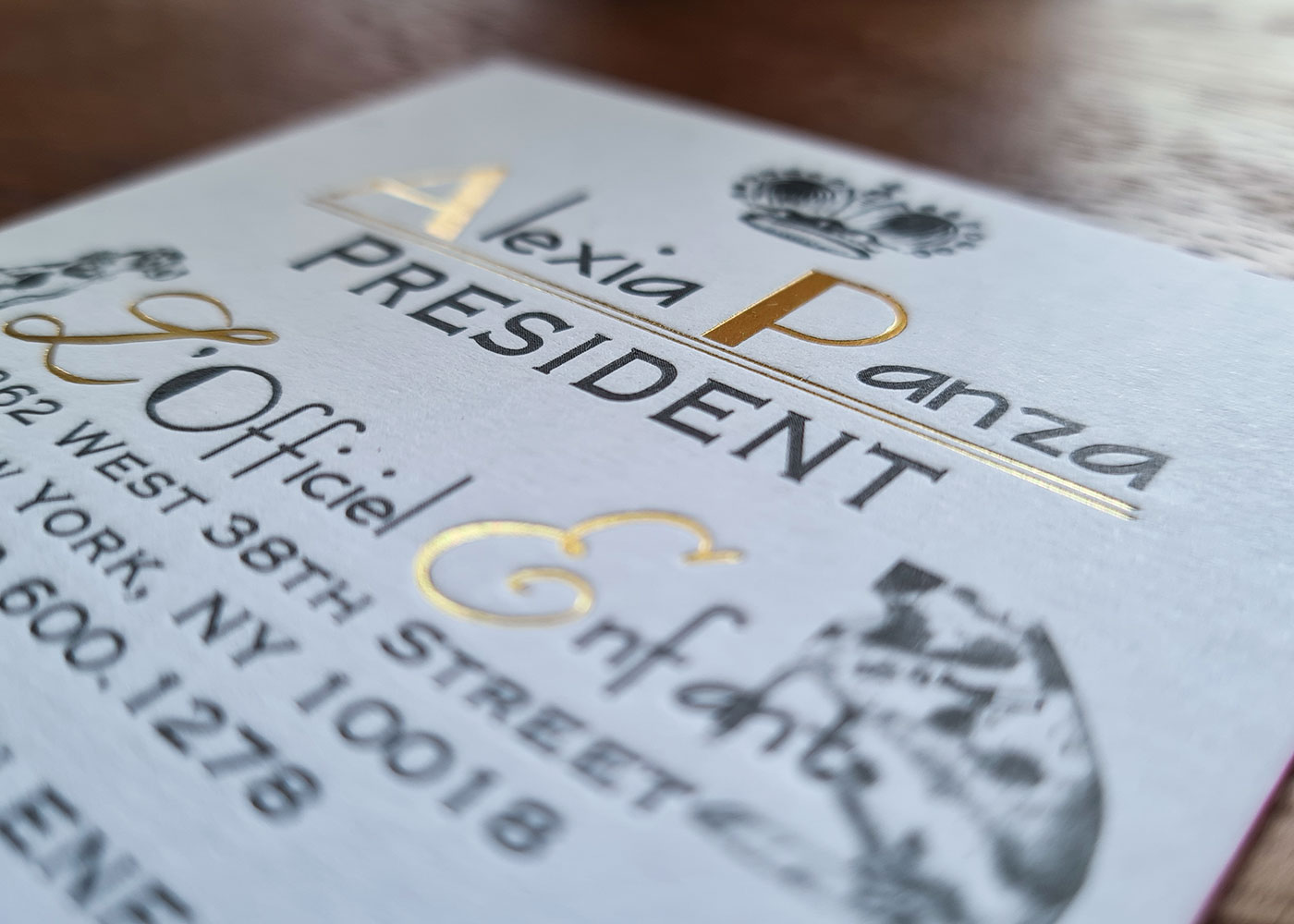
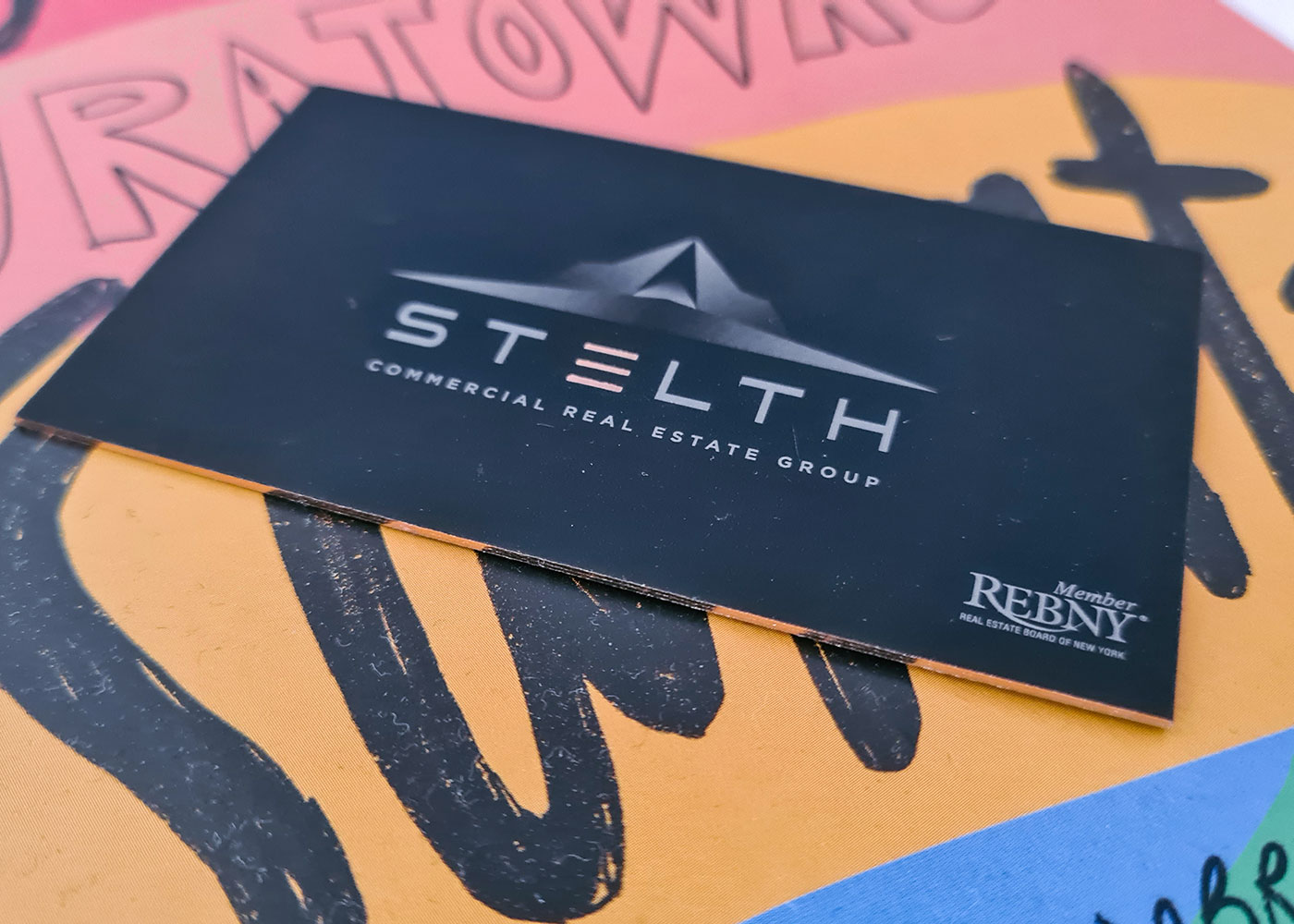

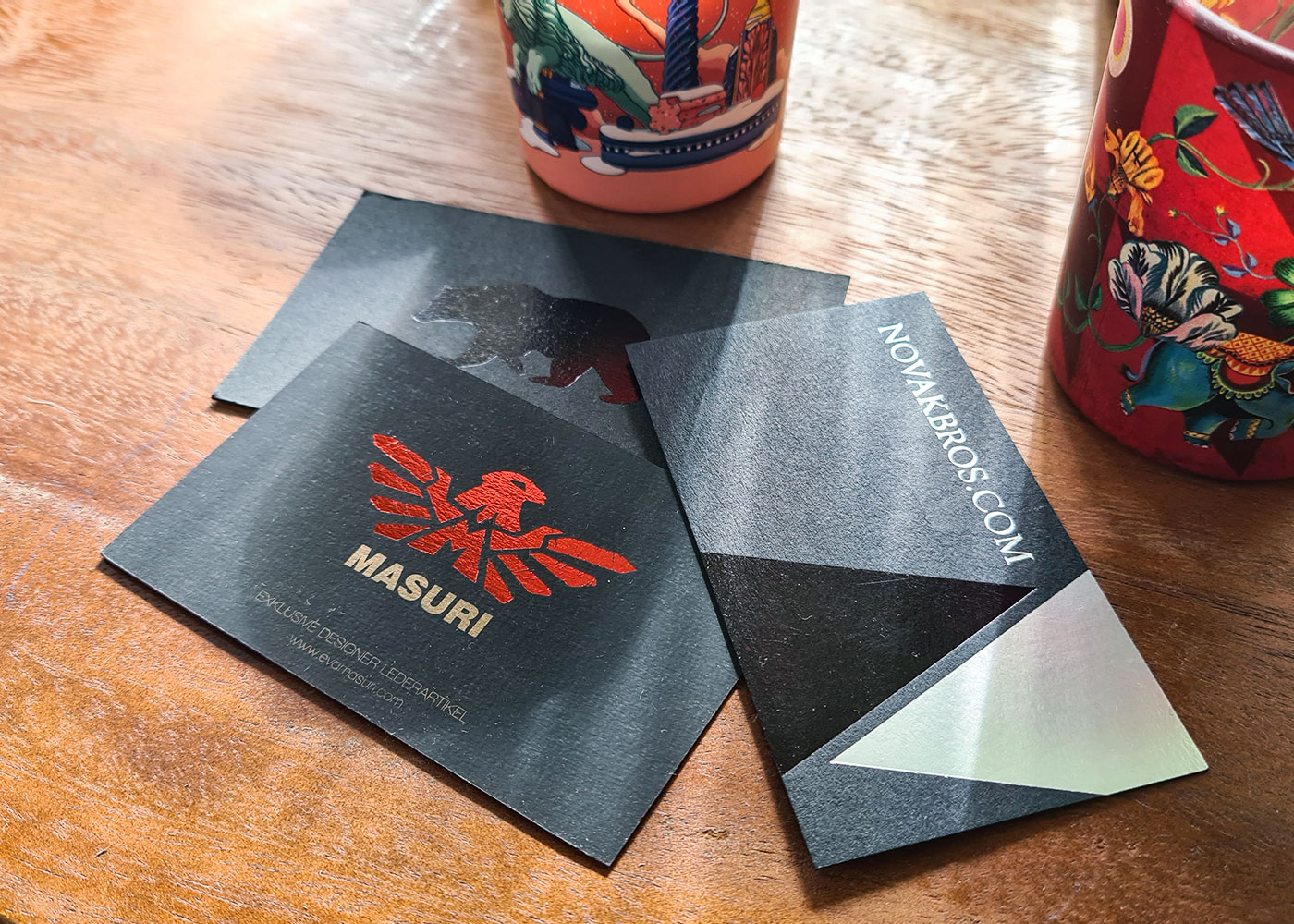

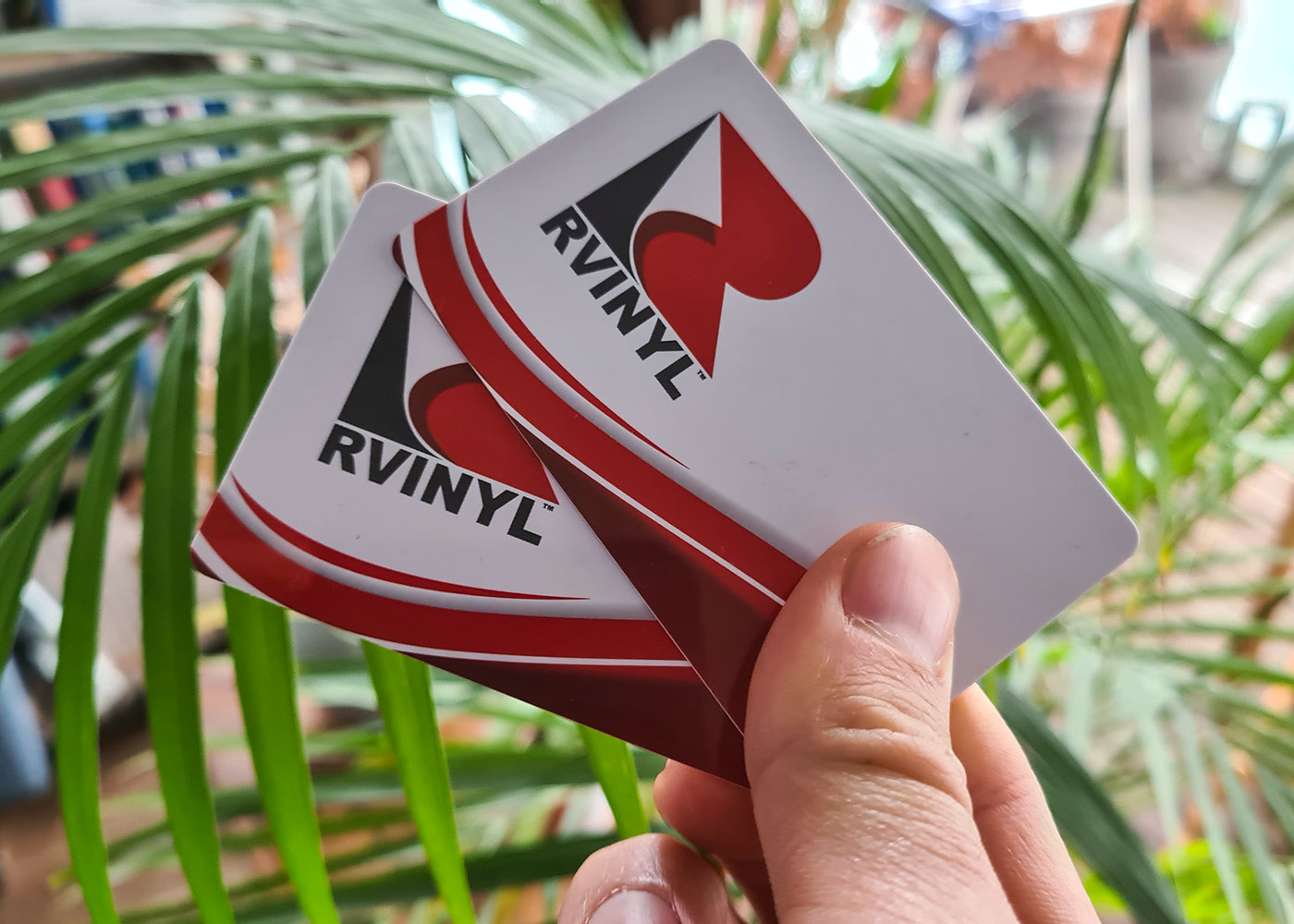
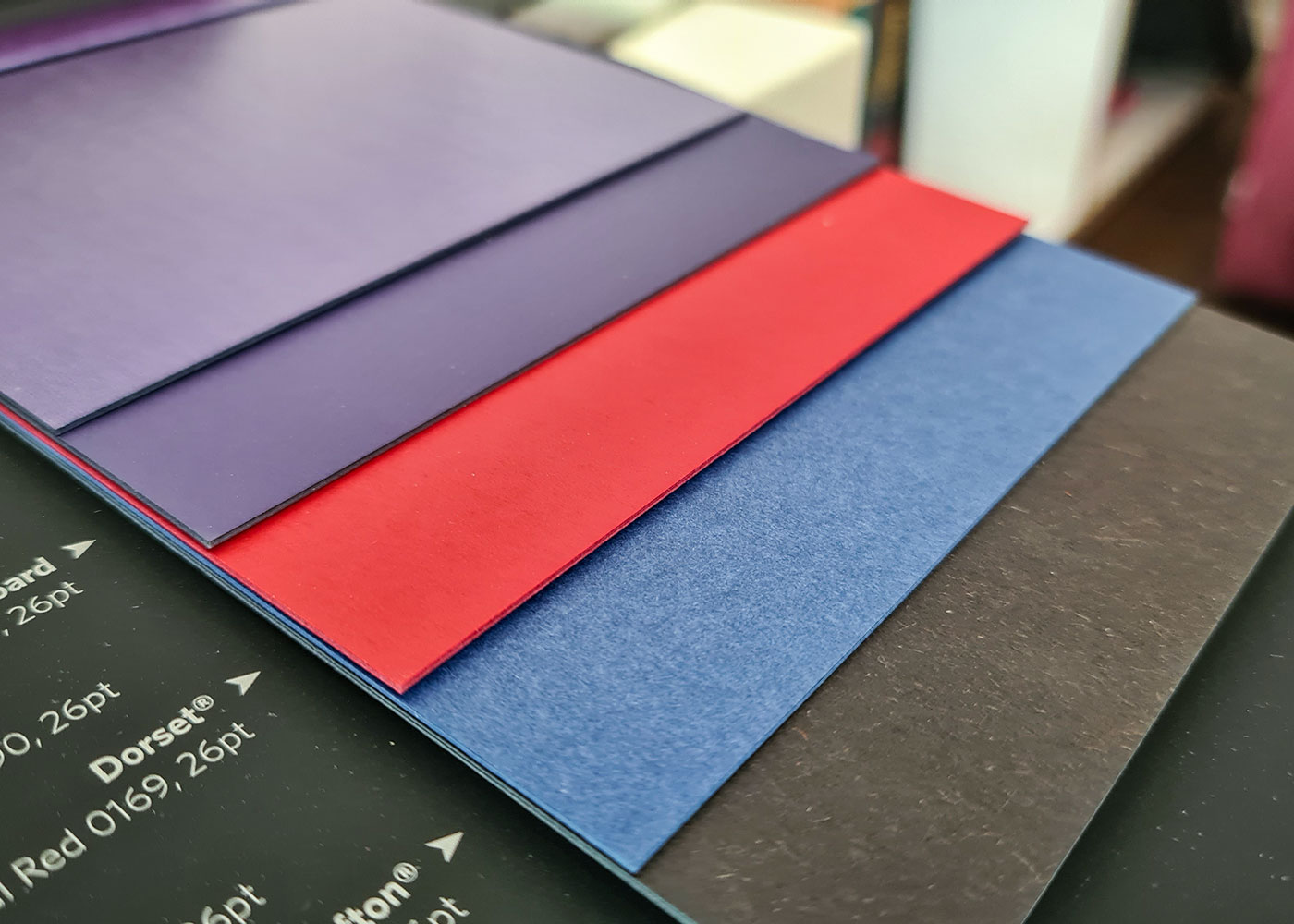

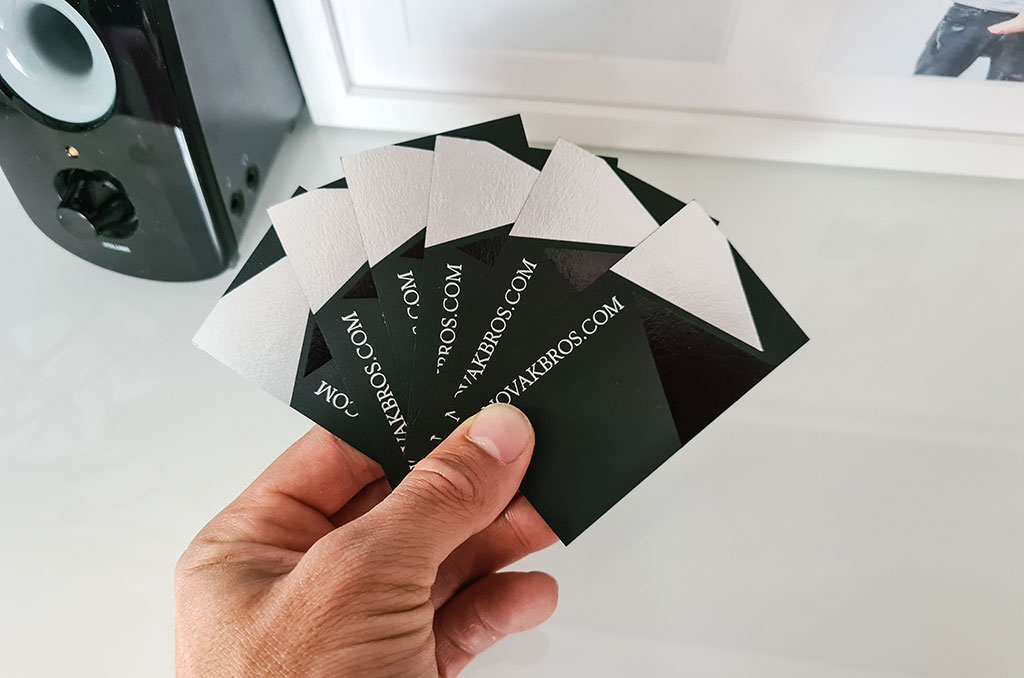
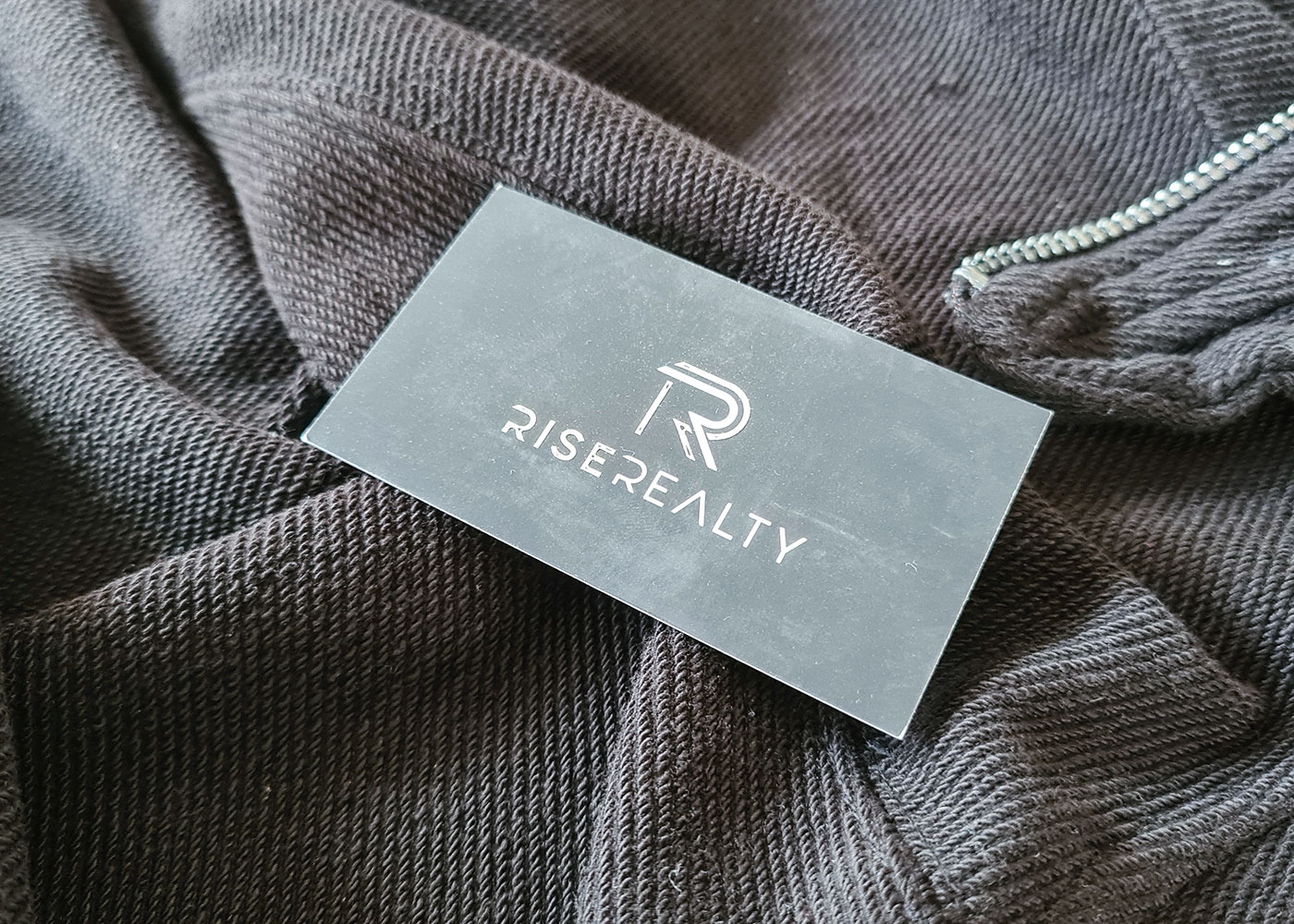

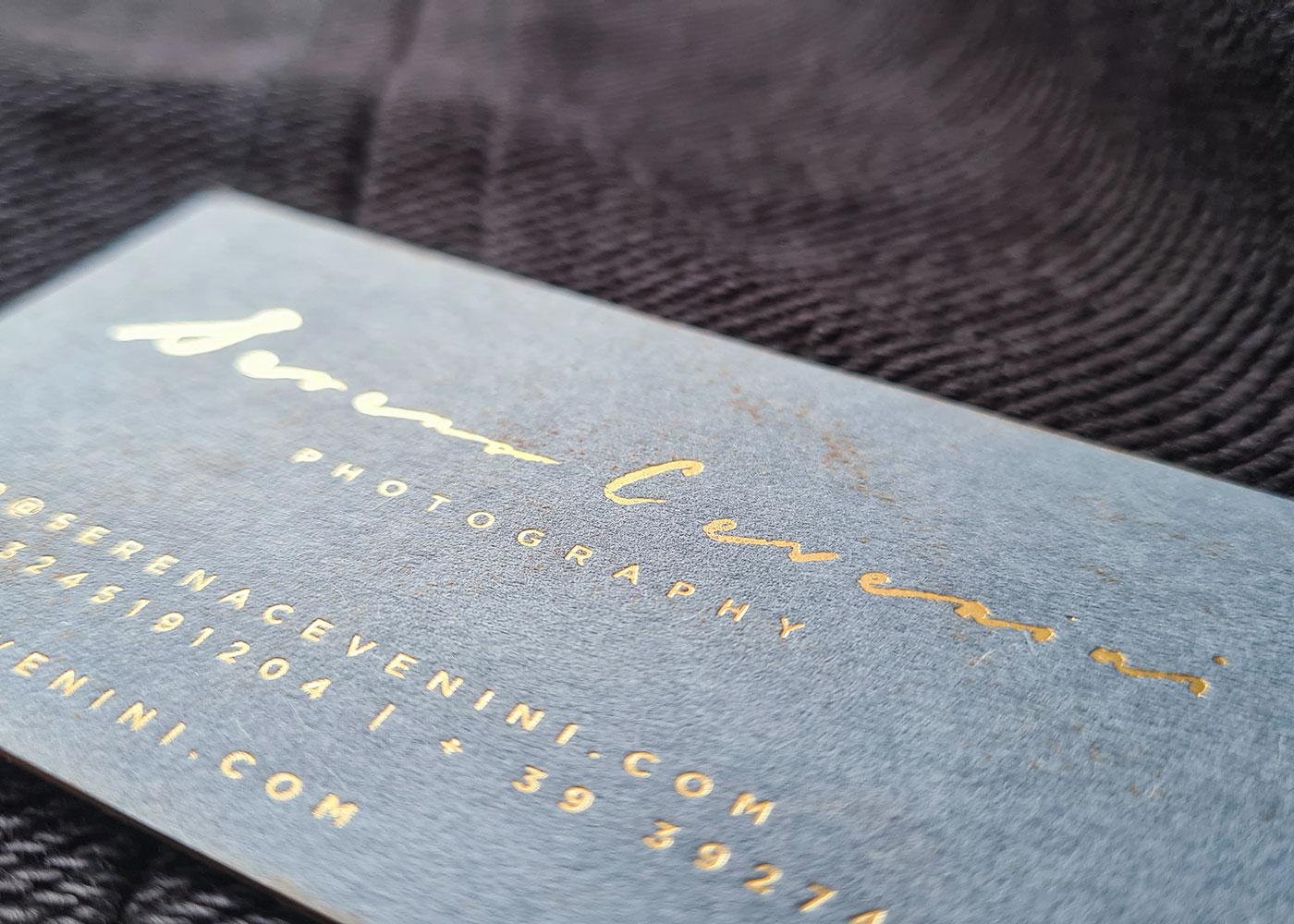



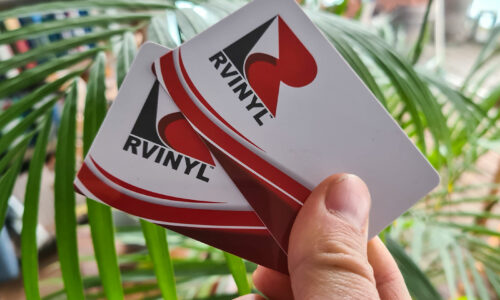
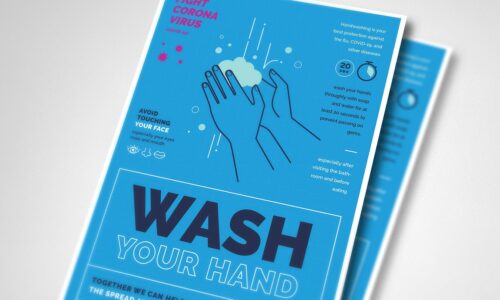
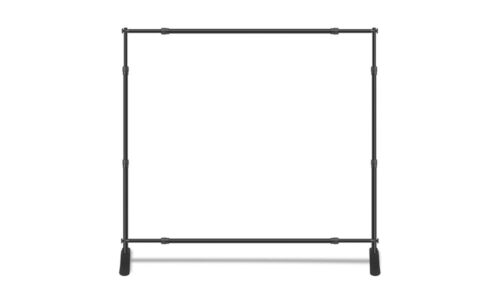


Exhausti (verified owner)
11-5-21
United States
Verified Buyer
I was looking for a place to print near me and I found this online. I was hesitant at first but I tried it anyway. The print quality is excellent! I wouldn’t want it any other way. Thanks to the customer service representative who helped me.